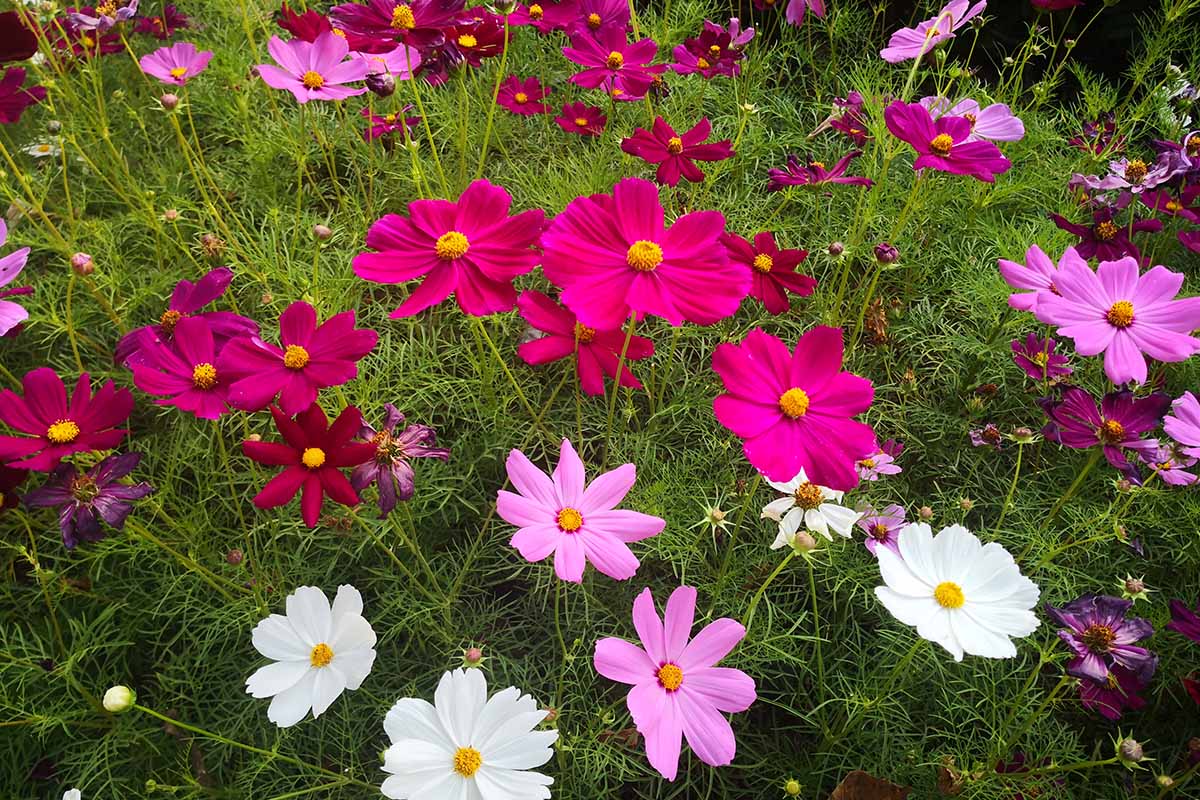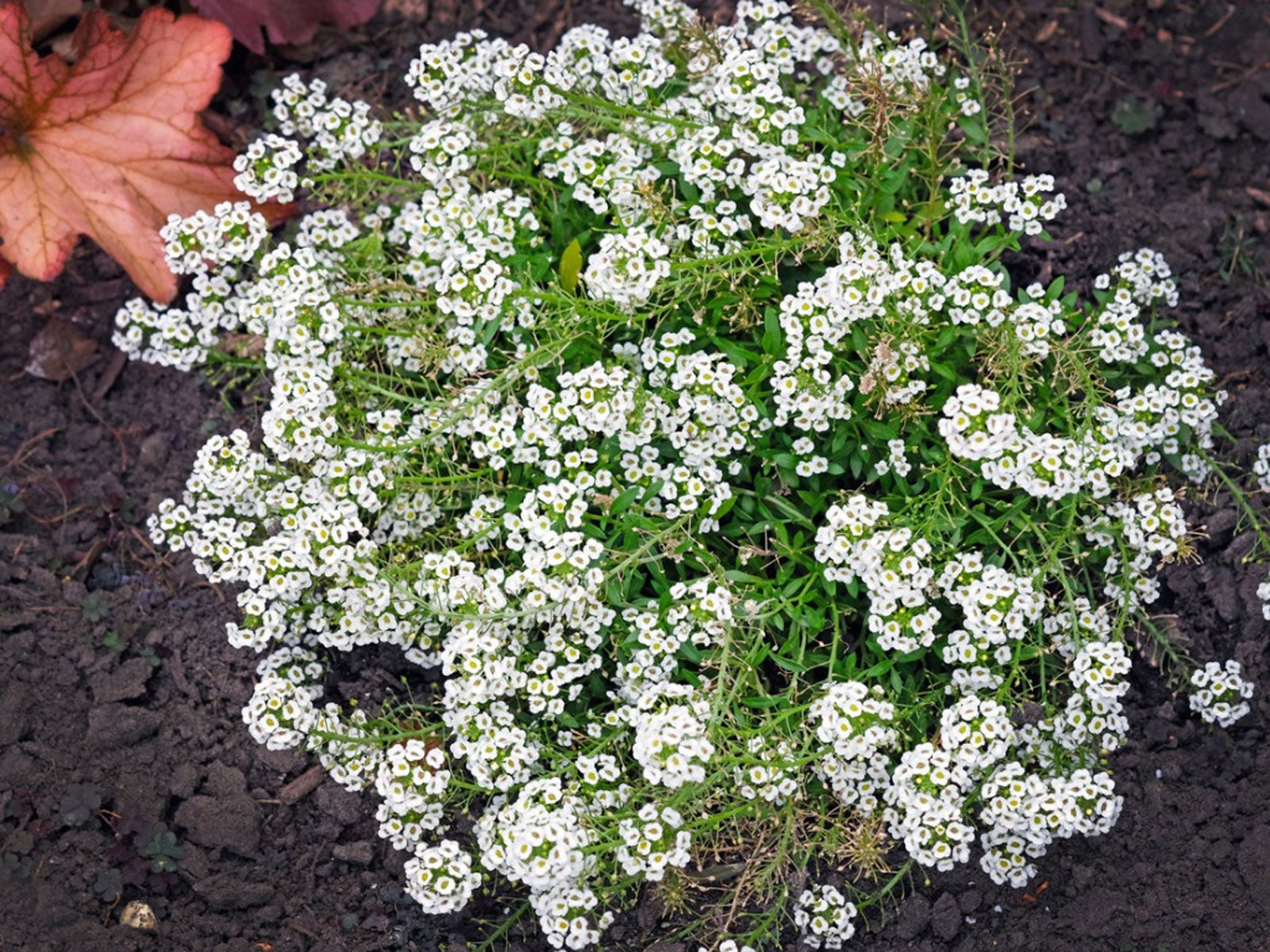Amazing Companion Plants For Four O'clocks
Amazing Companion Plants for Four O'Clocks
Four o'clocks (Mirabilis jalapa) are a beautiful and versatile flowering plant that can add a touch of color and charm to any garden. They are known for their fragrant flowers that bloom in the evening, and they are also relatively easy to care for.
If you are thinking about planting four o'clocks in your garden, you may be wondering what companion plants would be best. Here are a few of the best companion plants for four o'clocks:
- Cosmos: Cosmos are another easy-to-grow annual flower that blooms in a variety of colors, including pink, white, yellow, and orange. They are both drought-tolerant and heat-tolerant, making them a good choice for growing in similar conditions to four o'clocks. Cosmos also attract pollinators, such as butterflies and bees, which can help to pollinate your four o'clocks.

- Lavender: Lavender is a fragrant perennial herb that is known for its calming properties. It is also a good companion plant for four o'clocks because it can help to deter pests, such as mosquitoes and moths. Lavender can also help to improve the drainage of the soil around your four o'clocks, which can help to prevent root rot.

- Marigolds: Marigolds are another annual flower that is known for its pest-repelling properties. They can help to deter a variety of pests, such as aphids, whiteflies, and nematodes. Marigolds also add a splash of color to your garden, and they can help to attract pollinators.

- Petunias: Petunias are a popular annual flower that comes in a variety of colors, including red, pink, purple, and white. They are relatively easy to care for and they can tolerate full sun or partial shade. Petunias can help to fill in the spaces between your four o'clocks, and they can also help to attract pollinators.
- Sweet alyssum: Sweet alyssum is a low-growing annual herb that is known for its sweet fragrance. It is a good choice for planting in front of your four o'clocks, as it can help to hide the stems of your four o'clocks and add a touch of color to your garden. Sweet alyssum also attracts pollinators, such as butterflies and bees.

These are just a few of the many companion plants that you can plant with four o'clocks. When choosing companion plants, it is important to consider the size, growth habit, and sun exposure requirements of the plants. You also want to make sure that the companion plants will not compete with each other for water or nutrients.
With a little planning, you can create a beautiful and harmonious garden by planting four o'clocks with the right companion plants.
Four o'clocks are beautiful, fragrant flowers that bloom in the evening. They are relatively easy to grow and can be found in a variety of colors, including white, yellow, pink, and purple. If you are thinking about planting four o'clocks in your garden, you may be wondering what companion plants would be best for them.
There are a few things to consider when choosing companion plants for four o'clocks. First, you want to make sure that the plants have similar growing requirements. Four o'clocks prefer full sun and well-drained soil. They are also drought-tolerant, so you don't need to water them too often.
Second, you want to choose companion plants that will complement the appearance of your four o'clocks. Some good options include:
- Cosmos Gardenia Inspiration
- Zinnias
- Marigolds
- Nasturtiums
- Sunflowers
These plants all have bright, cheerful flowers that will add color and interest to your garden. They also attract pollinators, such as butterflies and bees, which will help to pollinate your four o'clocks.
Finally, you want to choose companion plants that will help to deter pests and diseases. Some good options include:
- Basil
- Chamomile
- Tagetes (marigolds)
- Borage
- Calendula
These plants all have natural pest-repelling properties. They can help to keep away insects, such as aphids, whiteflies, and spider mites.
If you are looking for more information about four o'clock companion plants, I recommend visiting Gardenia Inspiration. This website has a comprehensive list of companion plants for a variety of flowers, including four o'clocks. You can also find helpful tips on how to plant and care for your four o'clocks.
FAQ of four o clock companion plants
- What are the best companion plants for four o'clocks?
Four o'clocks are relatively easy to care for and can be planted with a variety of other plants. Some good companion plants include:
* Marigolds: Marigolds help to repel pests and diseases, which can benefit four o'clocks. They also have similar growing requirements, so they can be planted together without any problems.
* Petunias: Petunias are another popular flowering plant that can be planted with four o'clocks. They come in a variety of colors, so you can mix and match them to create a beautiful and colorful display.
* Lavender: Lavender is a fragrant herb that can help to attract pollinators to your garden. It also has some insect-repelling properties, which can benefit four o'clocks.
* Zinnia: Zinnias are easy-to-grow annuals that come in a variety of colors. They are also drought-tolerant, so they can thrive in hot, dry climates.
* Salvia: Salvia is a flowering plant that attracts butterflies and hummingbirds. It also has some insect-repelling properties, which can benefit four o'clocks.
- How far apart should four o'clocks be planted?
Four o'clocks should be planted about 18 inches apart. This will give them enough space to grow and spread. If you are planting them in a row, make sure to space them at least 24 inches apart.
- How much water do four o'clocks need?
Four o'clocks are relatively drought-tolerant, but they do need some water to thrive. Water them deeply once a week, or more often if the weather is hot and dry.
- What are some common pests and diseases that affect four o'clocks?
Four o'clocks are susceptible to a few pests and diseases, including:
* Aphids: Aphids are small, soft-bodied insects that suck the sap from plants. They can cause leaves to wilt and curl.
* Spider mites: Spider mites are tiny, eight-legged creatures that feed on plant sap. They can cause leaves to turn yellow and drop off.
* Powdery mildew: Powdery mildew is a fungus that can cause a white, powdery coating to form on leaves. It can weaken plants and make them more susceptible to other diseases.
If you see any pests or diseases on your four o'clocks, you can treat them with insecticidal soap, neem oil, or a fungicide.
- How do I overwinter four o'clocks?
If you live in a cold climate, you will need to overwinter your four o'clocks indoors. To do this, dig up the tubers in the fall and replant them in a pot. Place the pot in a cool, dark location and water it sparingly. In the spring, you can replant the tubers outdoors.
Image of four o clock companion plants
5 different images of "four o clock companion plants" from Pinterest:
- Catmint is a drought-tolerant plant that blooms in shades of blue, purple, and white. It attracts pollinators and butterflies, and it can help to deter pests.
- Lavender is another drought-tolerant plant that blooms in shades of purple, blue, and white. It attracts pollinators and butterflies, and it has a calming fragrance.
- Cosmos is a tall, airy plant that blooms in shades of pink, yellow, and white. It attracts pollinators and butterflies, and it can help to fill in empty spaces in your garden.
- Zinnia is a colorful annual that blooms in shades of red, yellow, orange, and pink. It attracts pollinators and butterflies, and it is easy to grow.

- Marigold is a cheerful annual that blooms in shades of orange, yellow, and red. It attracts pollinators and butterflies, and it can help to repel pests.
Post a Comment for " Amazing Companion Plants For Four O'clocks"